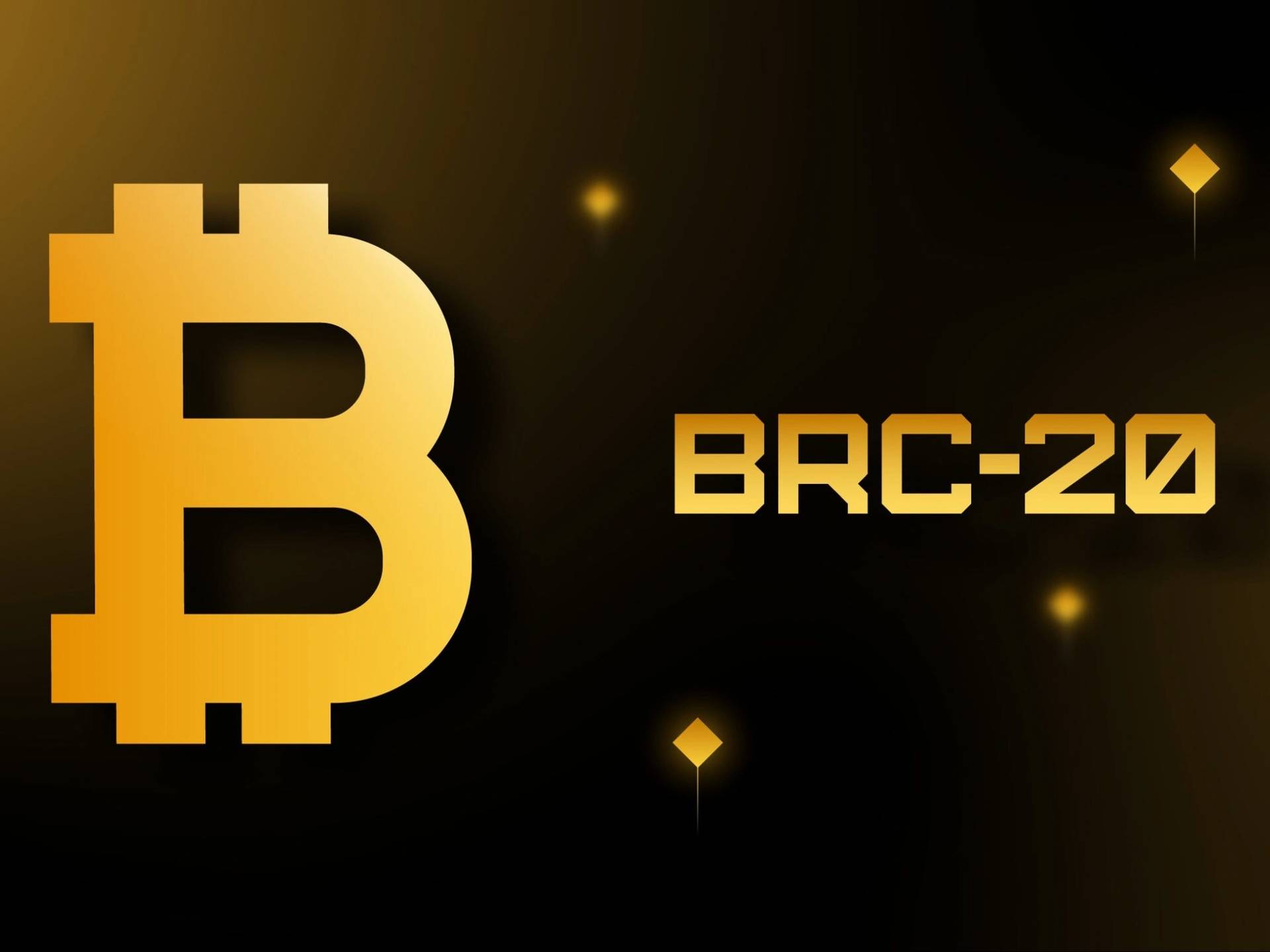订阅 wiki
Share wiki
Bookmark
BRC-20
BRC-20
BRC-20,或“比特币请求评论”,是 Ordinals 的代币标准。该标准允许在 比特币 上发行和转移同质化代币,类似于 以太坊 上的 ERC-20 标准,但 BRC-20 代币与 智能合约 不兼容。[7] [6] [1]
历史
2023 年 1 月 21 日,软件工程师和比特币爱好者 Casey Rodarmor 在 比特币 主网 上启动了 Bitcoin Ordinals 协议。他在 2022 年开始研究该项目,此前在 2021 年 11 月比特币 Taproot 升级后,可以在 区块链 上创建可编程的 智能合约,称为铭文。这个概念催生了 基于比特币的 NFT 和 BRC-20 代币的创建,从而实现了 Ordinals 的概念。[8]
创建
BRC-20 代币标准由一位名为 Domo 的匿名程序员于 2023 年 3 月 8 日创建和部署,作为一项实验,旨在使在比特币上铸造同质化代币成为可能。部署的第一个 BRC-20 代币被称为 Ordi。[2][6]
概述
BRC-20 代币利用 JSON(JavaScript 对象表示法)数据的 Ordinals 铭文来部署代币合约、铸造和转移代币。[2] BRC-20 代币标准允许使用 deploy 函数创建 BRC-20 代币,使用 mint 函数铸造一定数量的 BRC-20 代币,以及通过 transfer 函数转移一定数量的 BRC-20 代币。[2]
BRC-20 代币标准已经获得了一些采用,因为人们正在试验其功能。BRC-20 代币是同质化的,这意味着它们可以互换,并且可以在交易所轻松交易。BRC-20 代币建立在 比特币协议 之上,该协议保护着 比特币,这是世界上最大和最有价值的 加密货币。
与 ERC-20 的区别
尽管它们的名称相似,但两种代币之间存在显着差异。BRC-20 代币存在于比特币网络上,而 ERC-20 是 以太坊 上的标准。BRC-20 代币不使用 智能合约,因此功能要少得多。相反,ERC-20 代币可以与其他协议和应用程序交互,以实现广泛的服务,包括借贷。BRC-20 代币标准是程序员为促进比特币区块链上的同质化而进行的实验,仅在 2023 年 3 月创建。因此,与 2015 年创建的 ERC-20 标准相比,它的测试较少。[2]
增长
在 2023 年 5 月,代币标准创建不到一个月后,BRC-20 的市值超过 1 亿美元,并在 2023 年 5 月 2 日达到 1.37 亿美元的高位。在 4 月和 5 月,该标准继续增长,5 月 9 日,BRC-20 比特币代币的总市值短暂达到超过 10 亿美元的高位,当日总交易额为 2.077 亿美元。构成该市值的一些最著名的代币包括 ORDI、NALS、VMPX、PEPE 和 MEME。[4][5]
2023 年 12 月 6 日,ORDI 是 Ordinals 生态系统中领先的 BRC-20 代币之一,通过成为第一个市值超过 10 亿美元的 BRC-20 代币,实现了一个重要的里程碑。自 11 月 5 日以来,这一激增代表市值增长了近 1,000%,达到 11 亿美元。[9]
批评
比特币社区对 ordinals 和 BRC-20 的看法存在分歧。有些人接受了这项新实验,而另一些人则认为它们违背了 中本聪 对比特币的最初愿景。虽然 BRC-20 的使用有所增长,但该代币标准比 ERC-20 等代币标准更新且测试更少。由于比特币主要被认为是价值存储,而不是创建和管理代币的平台,因此可用于构建和管理 BRC-20 代币的开发人员、工具和资源较少。[3
发现错误了吗?
